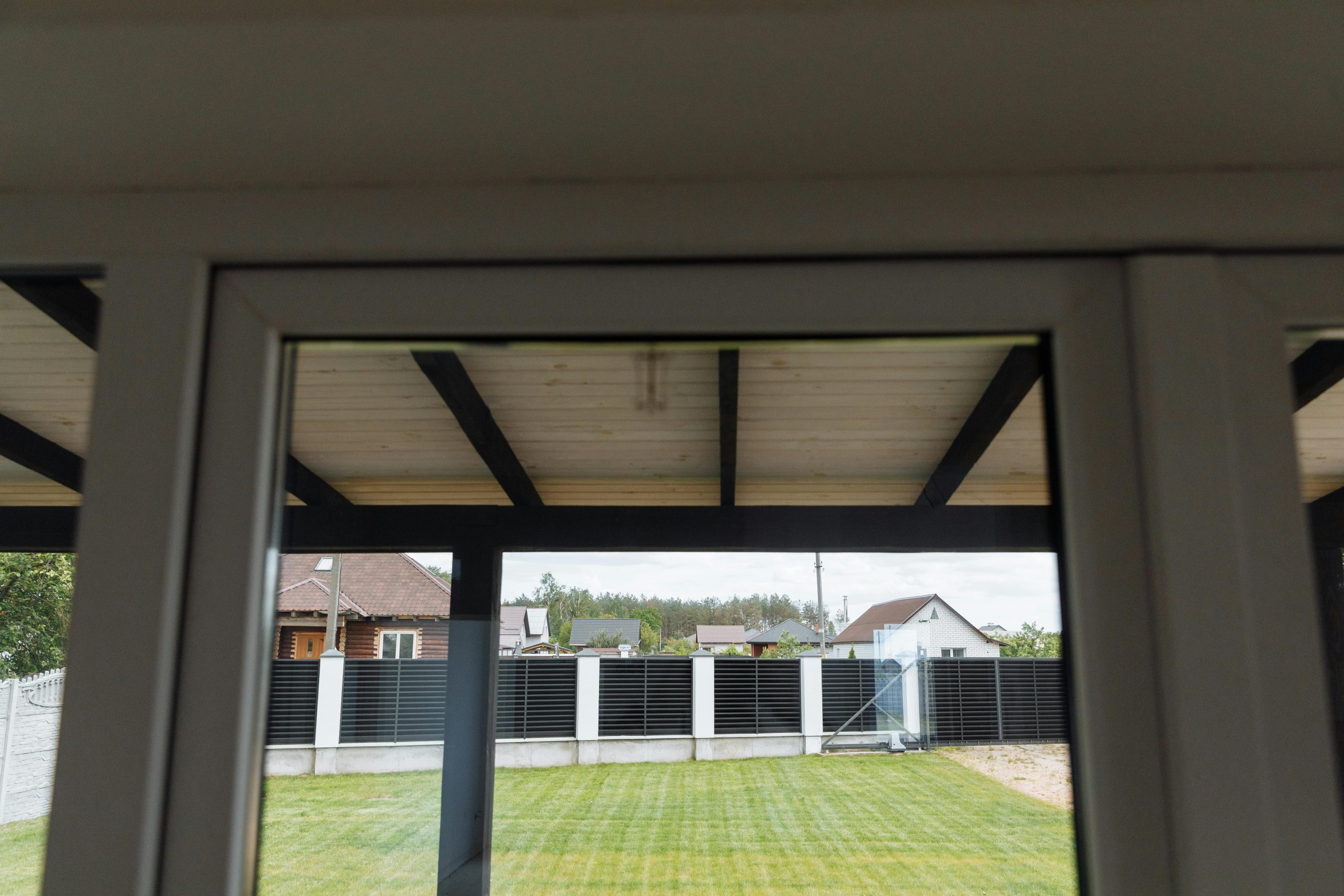3D-Printed Neighborhoods: Affordable Homes or Structural Gamble?
The emergence of 3D printing technology has sparked a new wave of innovative and efficient construction solutions for the modern world. From skyscrapers to houses, this groundbreaking method of fabrication has transformed the way we think about building structures. One of the most intriguing applications of 3D printing in construction is the concept of 3D-printed neighborhoods. What was once considered science fiction is now becoming a reality, but is this technology truly delivering affordable homes or are we taking a structural gamble? Let’s delve deeper into the concept of 3D-printed neighborhoods and explore the potential benefits and drawbacks of this groundbreaking approach.
The Promise of Affordable Homes
The primary allure of 3D-printed neighborhoods is the promise of affordable homes. With traditional construction methods, labor and material costs can quickly add up, making home ownership a distant dream for many. However, 3D printing technology has the potential to drastically reduce the time and cost involved in building homes.
Efficiency in Construction
3D printing allows for continuous and precise building, eliminating the need for human labor and decreasing the risk of human error. This results in quicker construction times and significantly reduced costs. By using a digital blueprint, 3D printers can create structures with minimal waste, further reducing construction expenses.
Accessible Materials
Another advantage of 3D printing is the use of materials that are readily available and easily accessible. Traditional construction often requires specialized materials and skilled labor, driving up costs. 3D printing, on the other hand, can utilize a variety of materials, including concrete, to create sturdy and durable homes at a fraction of the cost.
The Risks of a Structural Gamble
While the potential for affordable homes is appealing, there are also risks involved in relying solely on 3D printing technology for building entire neighborhoods. These risks mainly revolve around the structural integrity of the homes and their long-term sustainability.
Testing and Certification
One of the main concerns with 3D-printed homes is the lack of established building codes and regulations for this method of construction. Without proper testing and certification, it is difficult to ensure the structural integrity and safety of 3D-printed homes. This could potentially lead to issues in the future, both for homeowners and the communities surrounding these neighborhoods.
Dependency on Technology
Another consideration is the reliance on technology. While 3D printing has its benefits, it is not immune to malfunctions and software glitches. In the event of a breakdown or malfunction, will there be enough skilled workers to address the issue and ensure the completion of the project? This potential dependency on technology could pose a significant risk for the success and sustainability of 3D-printed neighborhoods.
The Verdict: Balancing Cost and Safety
As with any new technology, there are bound to be challenges and risks involved. However, the concept of 3D-printed neighborhoods has the potential to revolutionize the construction industry and make affordable housing a reality for many. To ensure the success of this technology, it is crucial to find a balance between cost and safety.
In conclusion, 3D-printed neighborhoods have the potential to provide affordable homes and revolutionize the construction industry. However, proper testing, certification, and a cautious approach to over-reliance on technology are key to mitigating the risks involved. With careful planning and consideration of these factors, 3D-printed neighborhoods could become a viable solution to address the affordable housing crisis and pave the way for a more sustainable future.











